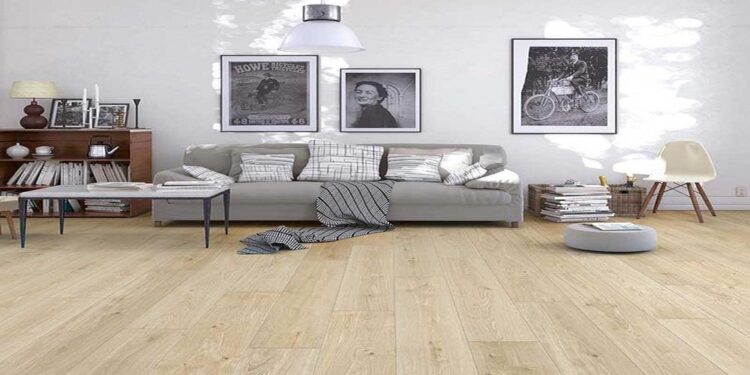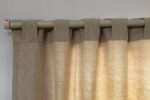What sets PVC flooring apart from other types of flooring?

PVC flooring, also known as vinyl flooring, is a type of synthetic flooring that is made from polyvinyl chloride (PVC) resin. It has become an increasingly popular choice for both residential and commercial settings due to its durability, low maintenance, and affordability.
One of the biggest advantages of PVC flooring is its versatility. It can mimic the look of natural materials such as wood, stone, and even concrete, without the associated costs and maintenance. Additionally, PVC flooring is available in a variety of colors and patterns, making it easy to match with any decor.
PVC flooring is also incredibly durable, making it an ideal choice for high-traffic areas. It can withstand heavy foot traffic, spills, and scratches without showing any signs of wear and tear. And unlike other flooring materials, PVC flooring is moisture-resistant, making it an excellent choice for bathrooms, kitchens, and other areas that are prone to spills and moisture.
But perhaps the biggest advantage of PVC flooring is its affordability. It is significantly cheaper than other types of flooring such as hardwood or tile, making it an excellent choice for those on a budget. And with advances in manufacturing technology, PVC flooring can now replicate the look of more expensive flooring options at a fraction of the cost.
How is PVC Flooring Made and What Makes it Eco-Friendly?
PVC flooring is made by combining PVC resin with other additives such as stabilizers, plasticizers, and pigments. The mixture is then spread out in a thin layer on a backing material, which can be made from either felt or fiberglass. The resulting sheet is then treated with heat and pressure to create a solid, durable flooring material.
One of the biggest concerns with PVC flooring is its environmental impact. PVC resin is a synthetic material that is derived from petroleum, and the manufacturing process can produce harmful byproducts such as dioxins and phthalates. However, advances in manufacturing technology have led to the development of more eco-friendly PVC flooring options.
One such option is PVC flooring which is made using recycled materials. Recycled PVC flooring uses PVC material that has been reclaimed from old flooring, window frames, and other sources. This reduces the amount of PVC that is sent to landfills and reduces the need for new PVC resin to be produced.
Another eco-friendly option is PVC flooring which is free of harmful chemicals such as phthalates. Phthalates are a type of plasticizer that is commonly used in PVC flooring to make it more flexible. However, phthalates have been linked to health problems such as hormone disruption and developmental issues in children. By using phthalate-free PVC flooring, consumers can reduce their exposure to these harmful chemicals.
What are the Maintenance Requirements for PVC Flooring?
One of the biggest advantages of PVC flooring is its low maintenance requirements. It is incredibly easy to clean and maintain, making it an excellent choice for busy households and commercial settings.
To clean PVC flooring, simply sweep or vacuum up any loose dirt or debris. For more stubborn stains, use a damp mop with a mild cleaning solution. Avoid using harsh chemicals or abrasive cleaning tools, as these can damage the surface of the flooring.
In addition to regular cleaning, it is important to take steps to protect PVC flooring from damage. Use furniture pads under the legs of chairs and tables to prevent scratches, and avoid dragging heavy furniture across the floor. Additionally, be sure to clean up spills promptly to prevent staining or warping of the flooring.






